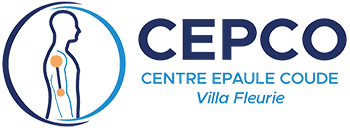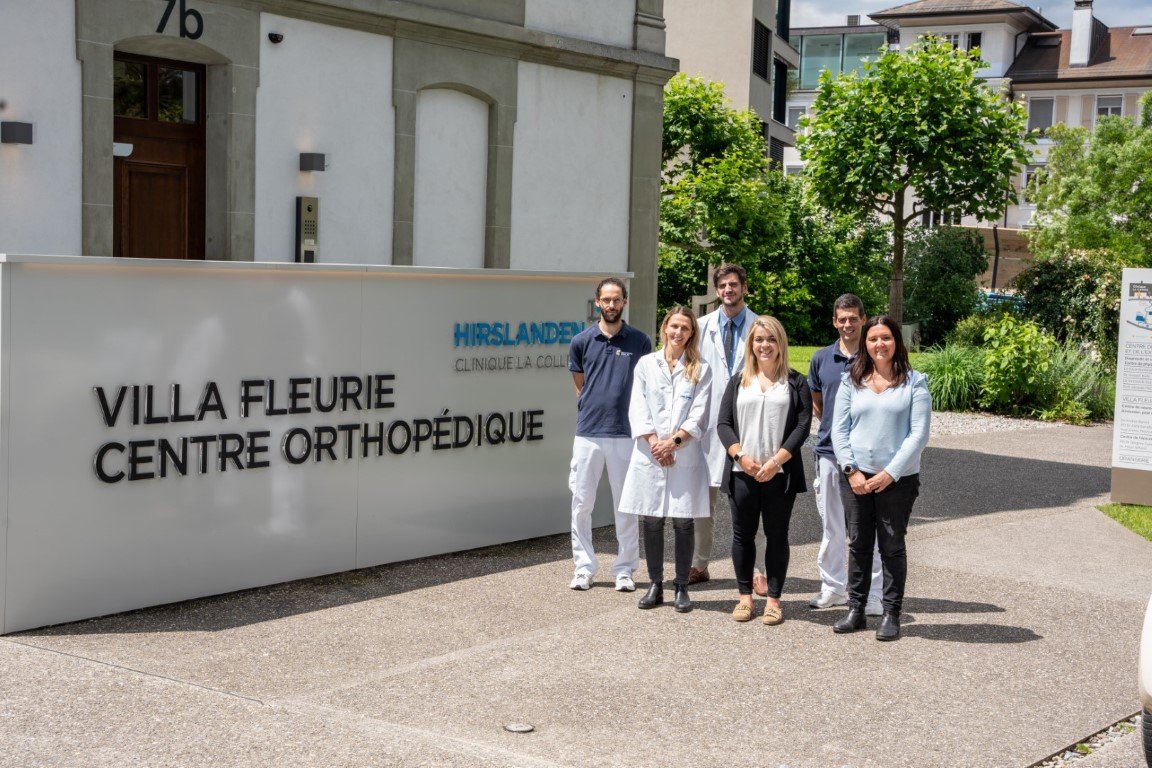Publication: Med Sci Sports Exerc. 2015 Dec;47(12):2612-20. doi: 10.1249/MSS.0000000000000726.
Co-authors: Cunningham G, Zanchi D, Emmert K, Kopel R, Van De Ville D, Lädermann A, et al.
Abstract:
Introduction: Anterior shoulder apprehension is a commonly reported complaint in anterior shoulder instability, which may lead to patient morbidity and impede shoulder function. It is the result of a cognitively complex mechanism, which includes anxiety, salience, fear, and anticipation.
Purpose: The aim of this prospective case-control study was to correlate five clinically established scores using functional magnetic resonance imaging to assess brain activation patterns in patients with apprehension related to anterior shoulder instability.
Methods: This study includes 28 consecutive male right-handed patients (mean ± SEM, 26.8 ± 1.2 yr) with positive shoulder apprehension test and 10 healthy matched control participants without apprehension or a history of instability. Task-related and functional connectivity functional magnetic resonance imaging activation patterns occurring during apprehension video cue stimulation were correlated with five clinical tests and scores: Visual Analog Scale (VAS), Rowe score for instability, Simple Shoulder Test, Subjective Shoulder Value (SSV), and Western Ontario Shoulder Instability (WOSI).
Results: Rowe, pain VAS, and WOSI scores correlated with prefrontal cortex, dorsolateral prefrontal cortex, dorsomedial prefrontal cortex, somatosensory area, and parieto-occipital and temporal areas (default mode network). Rowe score additionally correlated with frontal pole, anterior midcingulate cortex, and visual areas. Moreover, SSV correlated with task-related brain activity in the bilateral precentral gyrus, bilateral postcentral gyrus, and bilateral superior parietal lobe.
Conclusions: Overall, Rowe score provides the strongest link between shoulder apprehension and brain level alterations as it correlates with the highest number of independent components involving areas responsible for both motor and cognitive functions, whereas pain VAS and WOSI occupy an intermediately strong link recruiting less brain networks. Finally, Simple Shoulder Test and SSV have the weakest link at the brain level.




